The landscape of Zacatecas is majestic and rosy. The capital has a winding European feel, with clusters of multicolored houses climbing up the sides of mountains. The countryside is the perfect median between desert and lush paradise, somehow sitting undiscovered and nearly unpopulated. The entire state is a breath of fresh air in comparison to the bustle of Mexico City where we first arrived to explore the Museum of Anthropology. We began our journey learning about the rich history between the indigenous tribes and the agave plant before making our way north. Zacatecas still moves at that old world pace, like swimming in a desert, pockmarked with ancient ruins and the sweet tang of mezcalerias hanging heavily in the air.
Agave has a sacred history in Mexico, but there’s conflicting information on weather or not mezcal predates the Spanish conquest. It seems that every other person is making mezcal on a small scale these days, although the conditions aren’t always clean. Our first stop in Zacatecas was the oldest distillery on the western hemisphere where the vats were so opaque they were indistinguishable from the floor and we had to be warned not to walk onto them. After distillation, that liquid is perfectly safe to drink, but those less-than-ideal conditions can lend a harsh taste to the spirit, scaring off potential consumers. Because of this, there isn’t a lot of mezcal that makes it to the United States even though there’s ample supply. In general, the American palate prefers more refined spirits rather than rustic, as many mezcals tend to be. And there are many misconceptions about what the spirit is, not to mention being confused with and overshadowed by her sister spirit tequila. The makers of Kimo Sabe Mezcal are trying to change that.
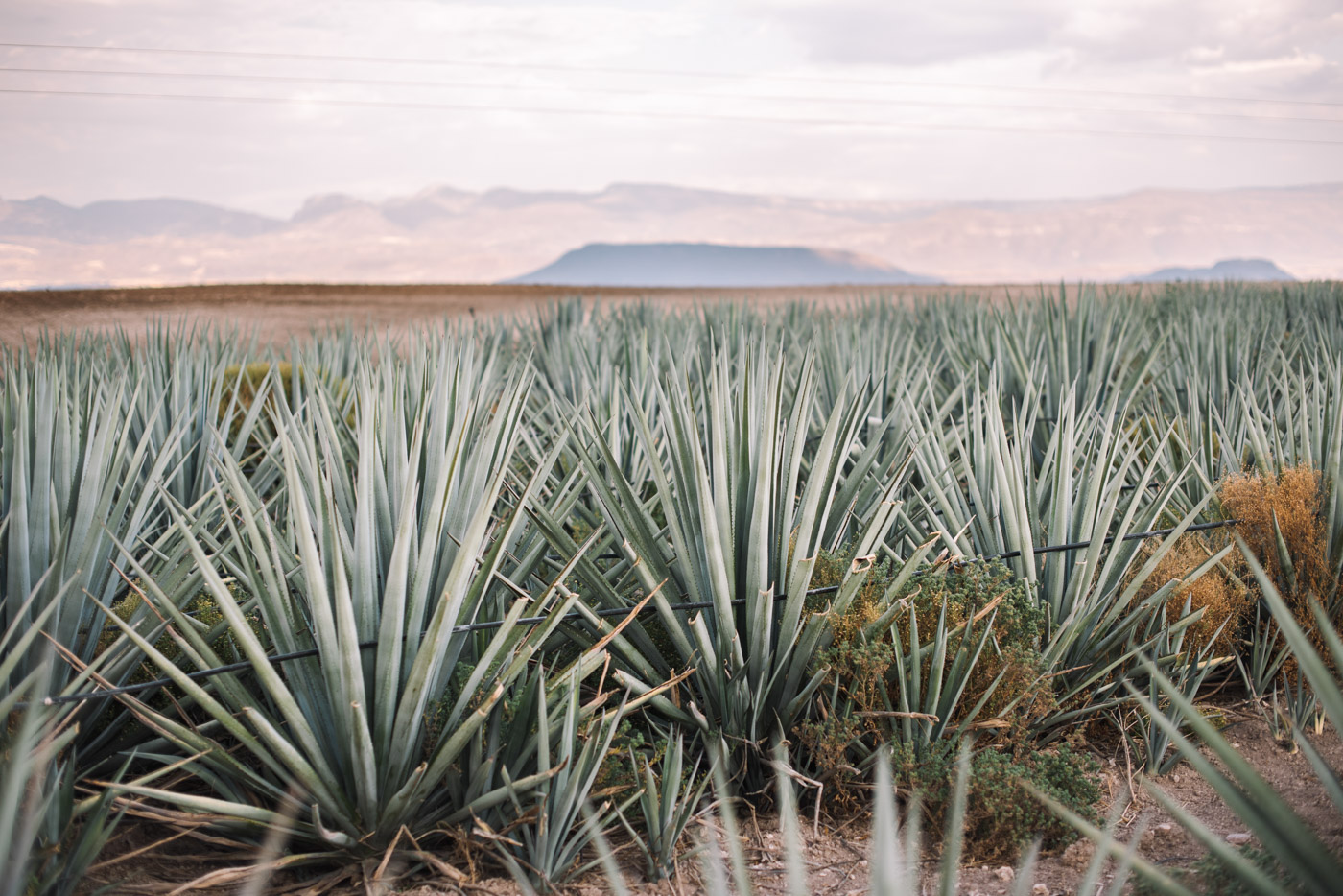
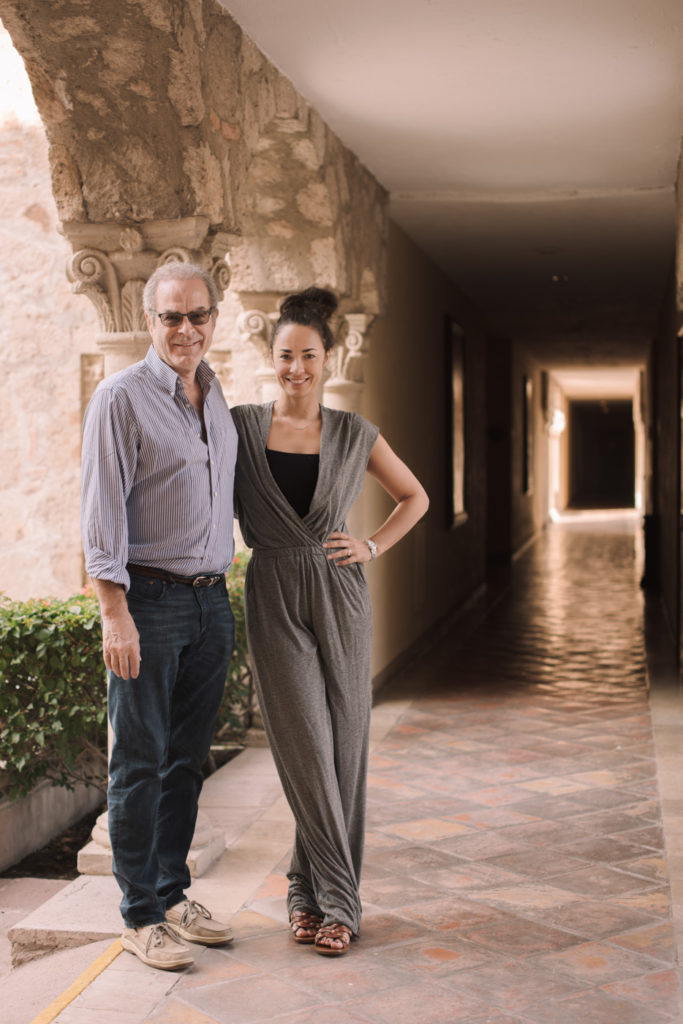
While new in the liquor industry, father-daughter team Jim Walsh and Ashley Walsh Kvamme are no strangers to agricultural entrepreneurship. Kvamme began working for her father at the age of fifteen in the family business, Hawaiian Vintage Chocolate, the world’s first varietal chocolate, and later on Intentional Chocolate, chocolate “embedded” with positive meditational intentions. Searching for other sources of cacao and sharing his own variety sent Walsh all over the world. He tasted mezcal for the first time on a business trip in Mexico City. “We were working on a project helping cacao farmers convert land to private ownership and teaching them how grow agregian products successfully and sustainably,” says Walsh. “Somebody was sharing a bottle of an anejo, and when I tasted it I thought, ‘Wow, agave can taste as elegant and nuanced as scotch.’ I was under the impression that agave was the nasty-tasting moonshine with the worm like everyone else thought. But ultimately I didn’t think much of it.”
It would take a gentle nudge to plant the distilling seed in Walsh’s mind, so to speak. During that project, he was approached by a local social group promoting agave farming in Mexico. Because of his experience with plantations, they asked if he would consider starting an agave plantation in Guanajuato. “That sounded interesting. We use agave in our chocolate, so I thought that could be good for us to dive into. I told them we’d at least go check it out.”
When Walsh approached Kvamme about agave farming as part of their bean-to-bar vision, she was very excited. “I thought this could be a moment where my dad and I became partners. We could venture into this industry we’re both learning about together and offer different points of view. Me with experience in marketing and him with more of the entrepreneurial and agricultural awareness.”
In spending so much time around agave farms, it became clear that mezcal was an essential part of Mexican life. “From my view, mezcal is the spirit of the people. It was the handshake that everyone reached out to give you when you entered their home,” Kvamme remarks. “It was part of every celebration. It was there in marriage and there in death. Literally and figuratively in was the spirit that surrounded every ceremony. Mezcal brings people together. It turns strangers into friends.” There is a deep sense of pride connected with the spirit, whose family recipes sometimes span multiple generations. It is even considered medicinal.
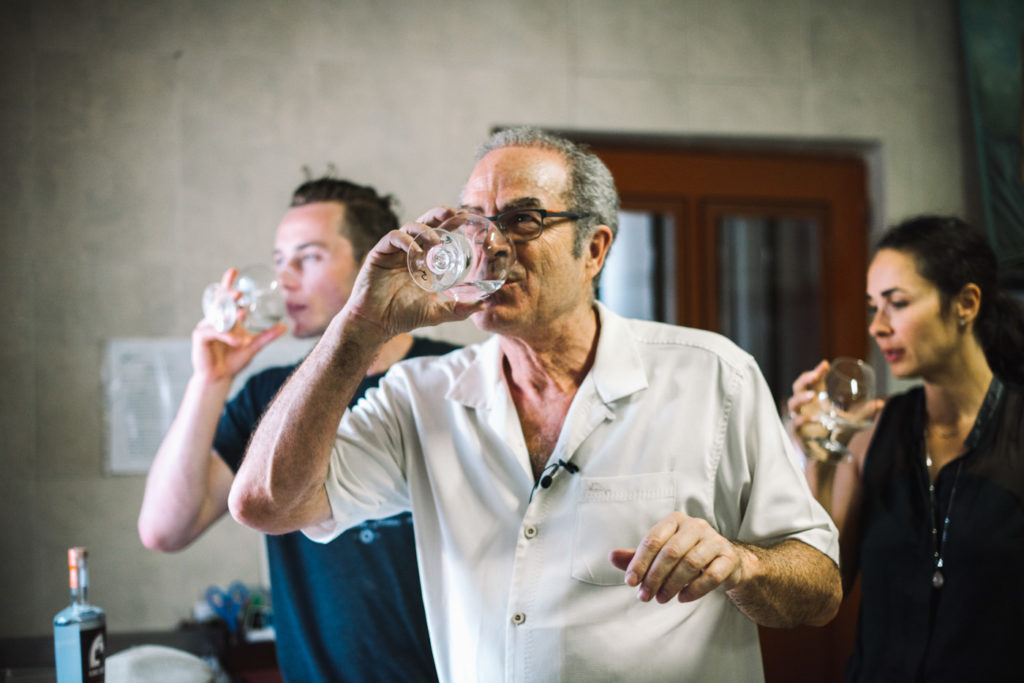
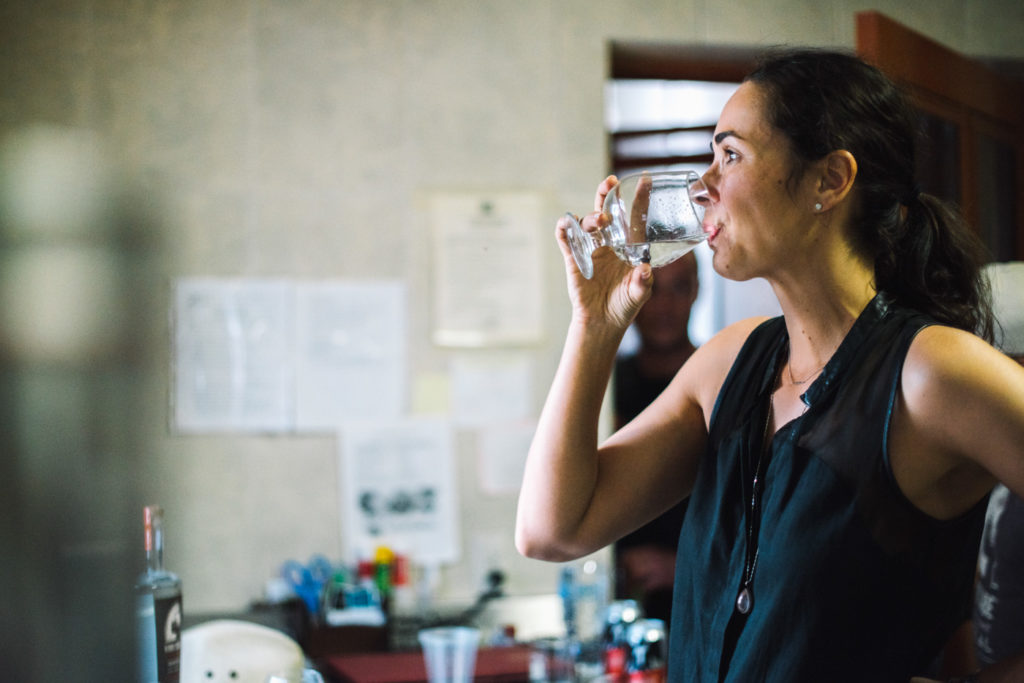
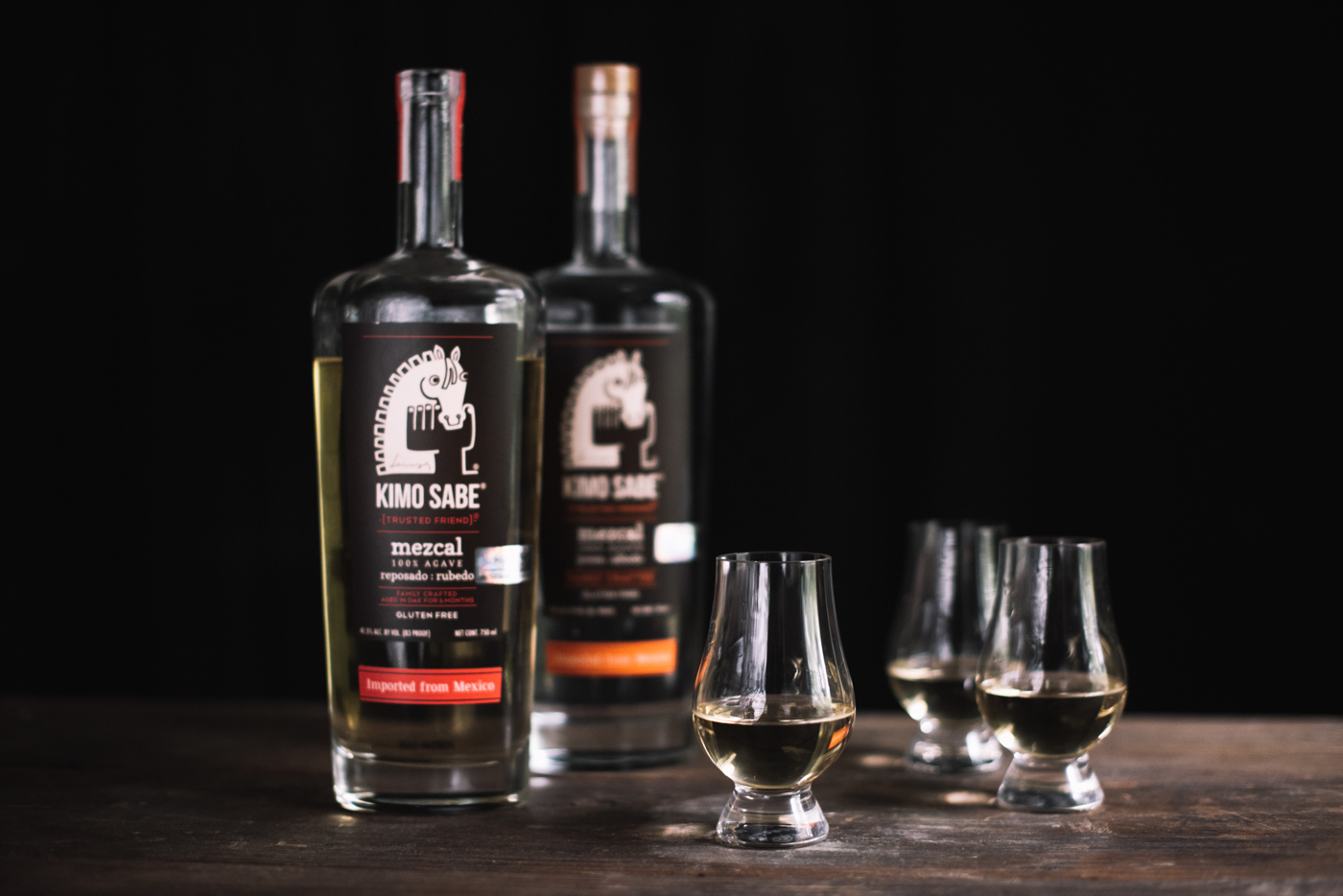
Somewhere along the line, Walsh started entertaining the idea of producing mezcal himself. “When we looked at the market, we saw that there’s plenty of supply and there’s plenty of demand, but the demand didn’t want the supply that was available. The consumer has an aspirational product in their mind, and at that point it didn’t exist. Everybody was seeing mezcal as a smokey, niche product. That was like a lightbulb going off,” says Walsh. “Our ability as flavorists could really make a difference in the market. So Ashley and I decided to go for it.”
They began the turbulent process of creating a signature blend, taste testing and blending different craft batches from distilleries that met their standards all over Mexico and adding it to their own base product. “We bought either first or second distillations of a taste that we liked and incorporated it into our own blend,” says Walsh. “It’s constant problem solving in the most fun way,” Kvamme adds. “With each different juice we’re asking ourselves, ‘What do we like about this? We like that little pineapple flavor in the manzo, although it’s overwhelming in one sip. If we can get a little hint of that in the joven (unaged mezcal), can we make it even better?’”
But even after perfecting the initial flavor, Walsh and Kvamme were having trouble figuring out how to refine it. The blend was still too rustic. “We were trying to come up with ideas of how to get those unsavory tastes out of what could potentially be a very good alcohol,” says Walsh. They tried more thorough filtering and extra distillation methods, all of which rendered a bland alcohol, taking all the good flavors with the bad. Yet they still couldn’t smooth out the smokiness. “We were in despair. We could not stop the smoke from smacking you in the face on the front end,” Walsh remarks. “I started looking for alcohol patents of any kind from the late 1960s forward and I came across a patent by Suntory using ultrasound and woodchips with grain alcohol to make a whiskey that would taste like it had been aged ten years. They never used it, but I thought ultrasound could make sense.” If this worked, they would be the first and only distillery in the world to use this method.
After the third distillation is finished, the liquid passes from one tank to another through a chamber with the sonicator. Sound waves are applied for just a few seconds at twenty million vibrations per second before the liquid moves on to homogenize flavors. But sonication became its own puzzle. “Ashley and I tested it for six days straight,” Walsh remembers. “We would take a small sample of the blend and test it for a certain amount of time,” Kvamme adds. “We finally found one that we loved, but when we tried to apply that method to a larger batch we had a lot of difficulty matching our measurements to frequency and timing. We reached a point where we were about to give up. The last day before we left the country we came in prepared to move on, but we gave it one more try and finally got it. Tears actually sprung to my eyes. My dad and I high-fived,” she laughs. “I didn’t realize until that moment that I had been so emotionally invested. I sort of see it as our taste and intention. It is literally the spirit of our family.” And so Kimo Sabe, Sonoran Indian for “trusted friend” was born.
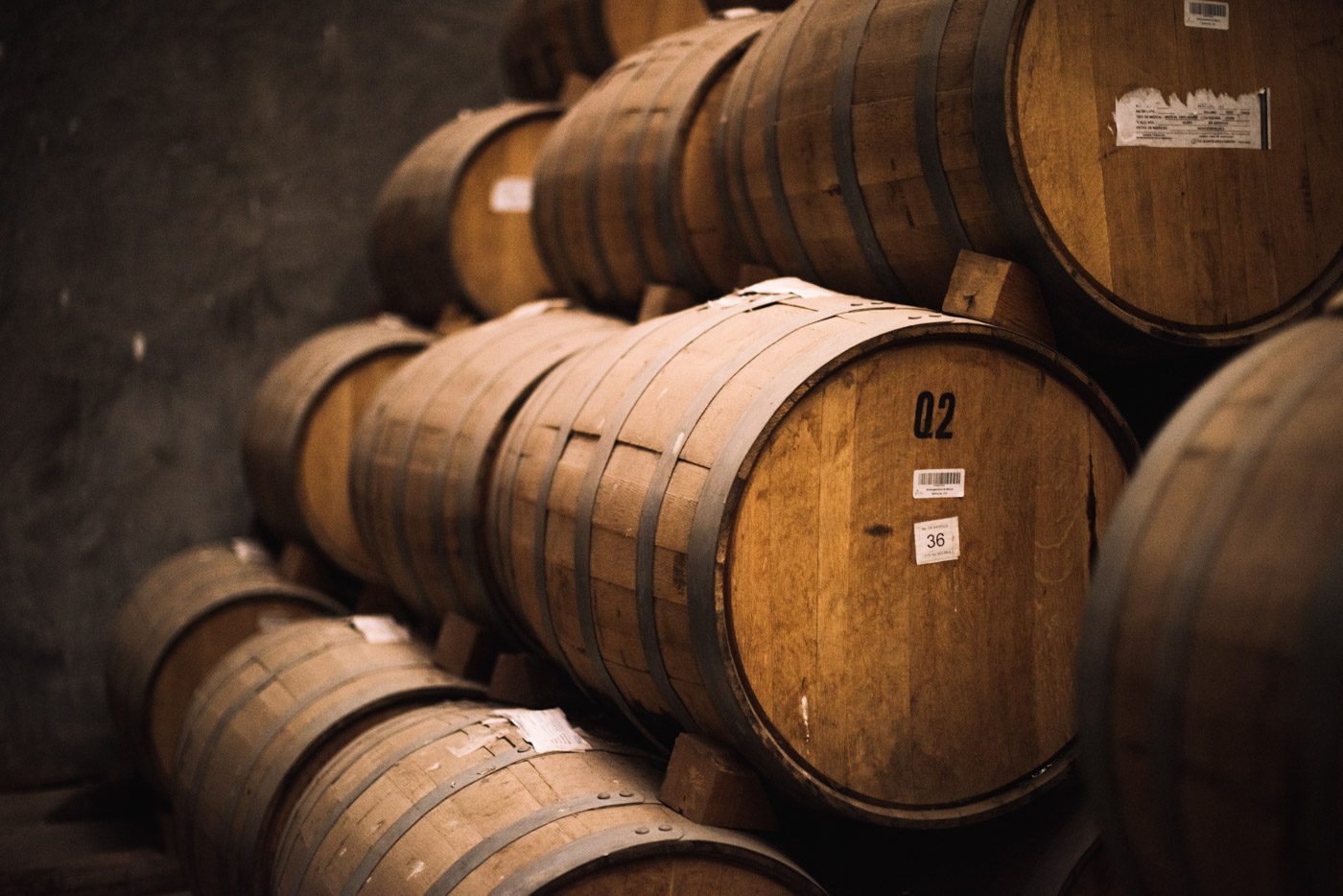
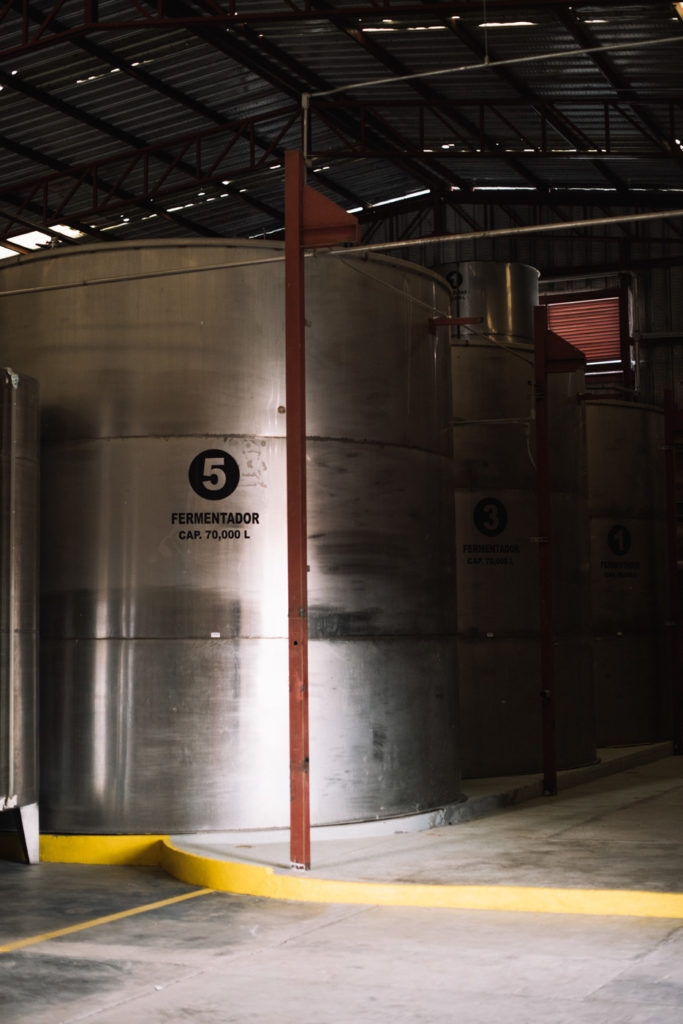
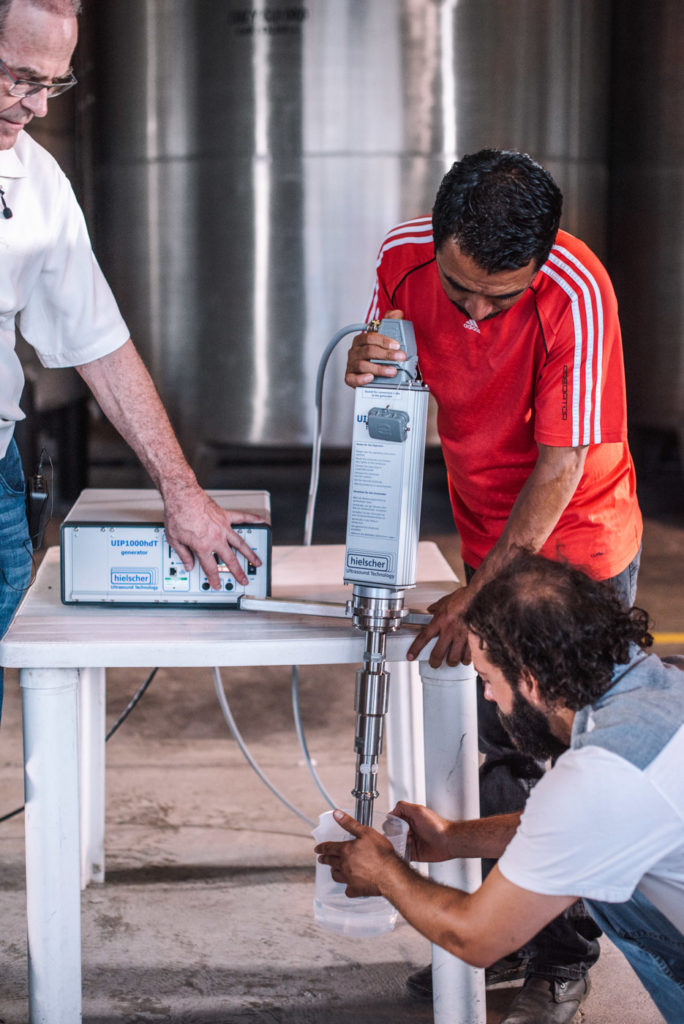
Consistency is just as important to Kimo Sabe as quality. Flavors in craft mezcals can vary from one batch to another for a number of reasons, and because of this, there is no recipe. Every batch has to be meticulously taste-tested while blending. One of the ways they can control flavor is by using their own base mezcal which makes up sixty to seventy percent of the final product. It begins with the water. “I don’t want the taste of the water to affect the flavor,” says Walsh. “We run it through triple filters and reverse osmosis so by the time it comes out it’s perfectly clean and flavorless.” The field beside the distillery is host to two varieties of agave: blue and manzo. After being harvested, the hearts, or piñas, are steamed with the filtered water to extract sugars. The sugar level should be between twelve and fourteen percent before they add a local strain of wild yeast. They press out the juice, which goes on to fermentation tanks, while the leftover plant material is turned into compost and fed back to the field. When ready, the liquid is distilled twice and is ready as a base for blending. “Once we add the craft blends to our base, it gets filtered. Then we distill it a third time in a copper still, which marries all four blends together into one unit and puts that final signature on it that you can’t get just by blending,” says Walsh. Then sonication balances out all the flavors, smoothing over the smokiness making it a back note.
For decades, Oaxaca has lead the nation in mezcal production, but Walsh and Kvamme saw an opportunity to break away from the norm by partnering up with the state of Zacatecas, the original home of mezcal, creating Building Bridges in Mexico. “It harkens back to that cacao project. We’re trying to take people who were dependent on a weekly paycheck and turn them into entrepreneurs,” says Kvamme. “Agave is a huge investment. You can’t harvest until the plant is eight years old. Years ago, it was in high demand and many farmers planted the crop only to find that no one wanted to buy it once they were able to harvest. A lot of people were hurt because of that, so in recent years there has been a lot of trepidation to go into agave growing. What we want to do is help give them security that at the end of eight years they’re guaranteed to have a buyer. We’re eliminating the risk.”
“Because of that scare, there’s a rumor that the mezcal industry is not sustainable,” Walsh adds. “If the plant takes eight years to grow, and everybody is picking it, but no one is planting it, then the supply will be wiped out. But if you introduce sustainable farming practices, where you’re replanting for everything you harvest, you can maintain a healthy cycle. Sustainability is one of the things we always try to implement. It’s better for the environment and it’s better for business.” The project is expected to create over one hundred new agave farms in the state of Zacatecas, providing farmers with materials and teaching them how to grow agave. They will also help expand existing agave farms, promoting ecotourism in the state as a leading producer of many natural materials. They are projecting one thousand jobs will be created by guaranteeing their crop has a buyer at the end of eight years.
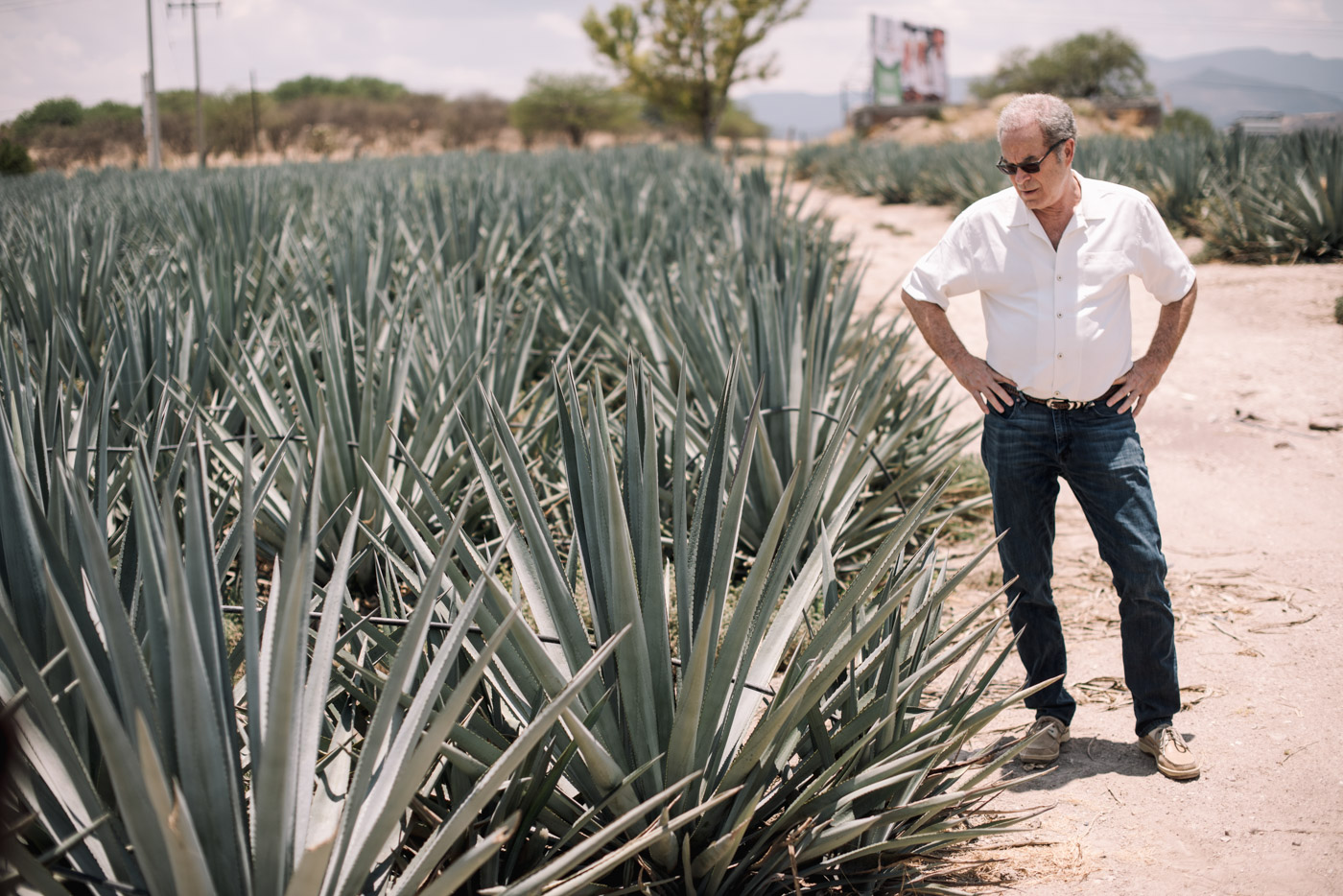
While Kimo Sabe is trying to educate a wider audience on the beauty and subtleties of mezcal, they don’t intend to demystify it. To Walsh, this may be mezcal’s most captivating trait. “Throughout history, man has been using all types of spirits to commune with the gods,” he says. “The alchemists believed that if you distilled something one hundred times, you get to the quinessence. And that was the actual spirit of the liquid. It is my belief that when you put these particles together for the first time and then sonicate it, you create a marriage of molecules that never existed before. You’re meeting a life form in that moment. One with an intelligence to it. How you relate to it is up to you.”
On the last evening of our visit, after a home-cooked meal on the distillery’s vineyard, serenaded by a norteño band with an azure mountain backdrop, Walsh announced we would be creating our own personal blends of mezcal. Just as they had, we taste-tested a base and three craft batches. We wrote down ratios, and then handed them off to be blended. With only four ingredients, somehow everyone’s blend was vastly different. I held my glass close, trying to decipher its meaning by nose and taste. What did this have to say? Walsh took my glass, ran it through the sonicator, and handed it back to me saying, “Alright Sarah, meet your spirit.” And I did.
Kvamme had been right about its omnipresence too. Every moment of our journey was punctuated by a lively cheers, turning strangers into friends. So an old saying goes “Para todo mal, mezcal, y para todo bien, también.” For every ill, mezcal, and for every good as well.

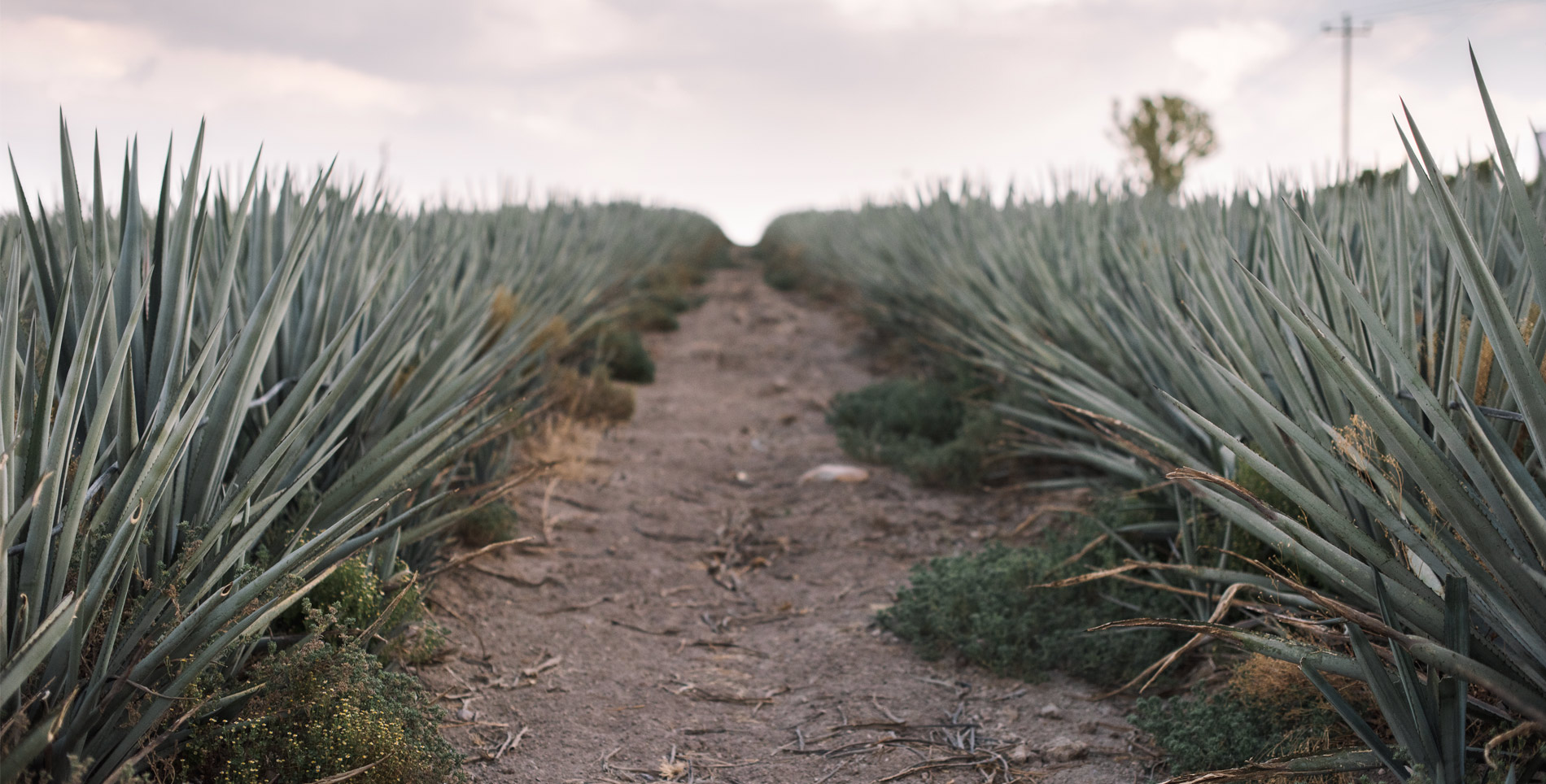

Our comments section is for members only.
Join today to gain exclusive access.